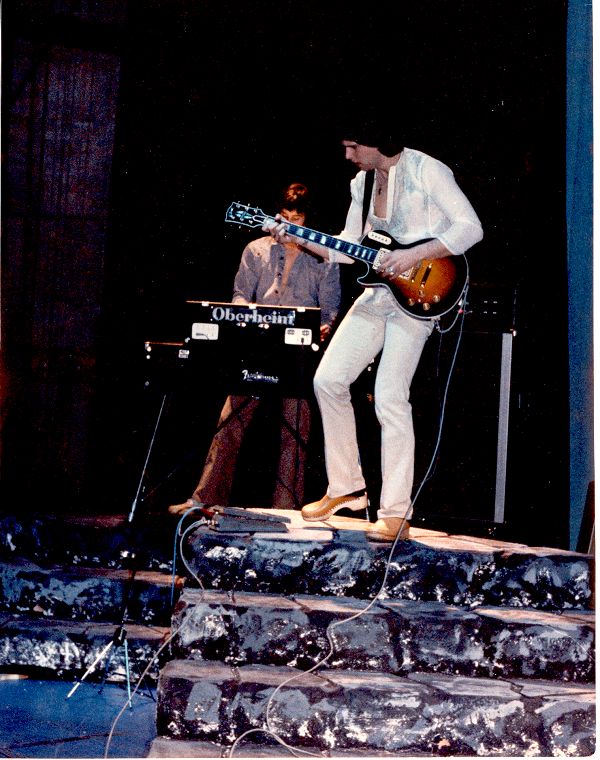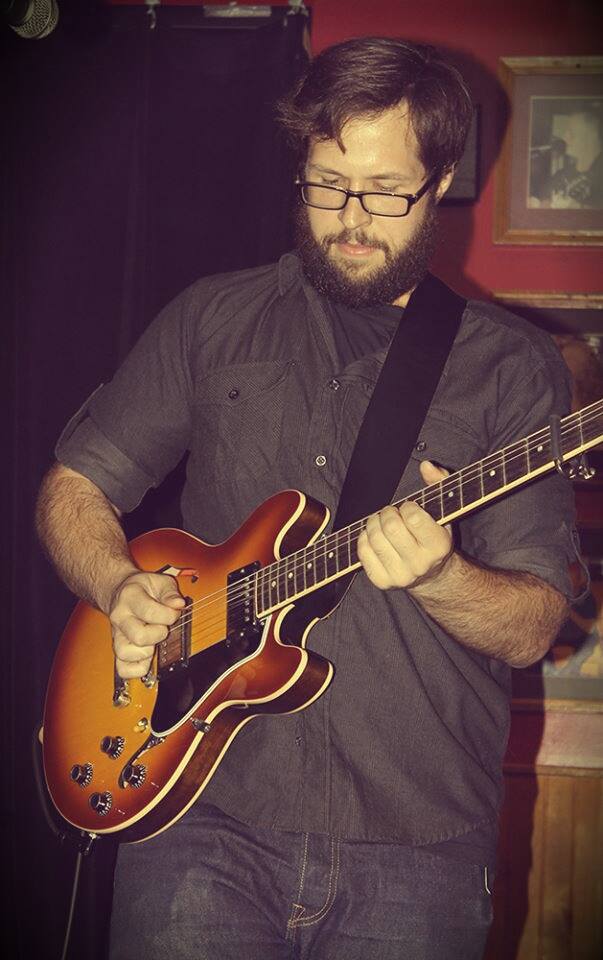[Originally posted as a daily tip on the SONAR forums and reposted for viewers here on the blog.]
The Overachieving Meters
by Craig Anderton
To change resolution for any audio meter, in any view, right-click on it and choose a range of 12, 24, 42, 60, 78, or 90 dB. Each meter can have its own range. With the Console view, I set the output bus meters to 12 dB to help gauge the approximate amount of loudness maximization that may be required.  For example, if the meters make it to 0 but otherwise spend very little time in those upper 12 dB, then the track will probably need to be made “hotter” when mastering. For the Track View track meters, choosing the maximum resolution (90 dB) helps reveal if there’s noise at the lower range of an incoming signal.
For example, if the meters make it to 0 but otherwise spend very little time in those upper 12 dB, then the track will probably need to be made “hotter” when mastering. For the Track View track meters, choosing the maximum resolution (90 dB) helps reveal if there’s noise at the lower range of an incoming signal.
Vertical or Horizontal Metering
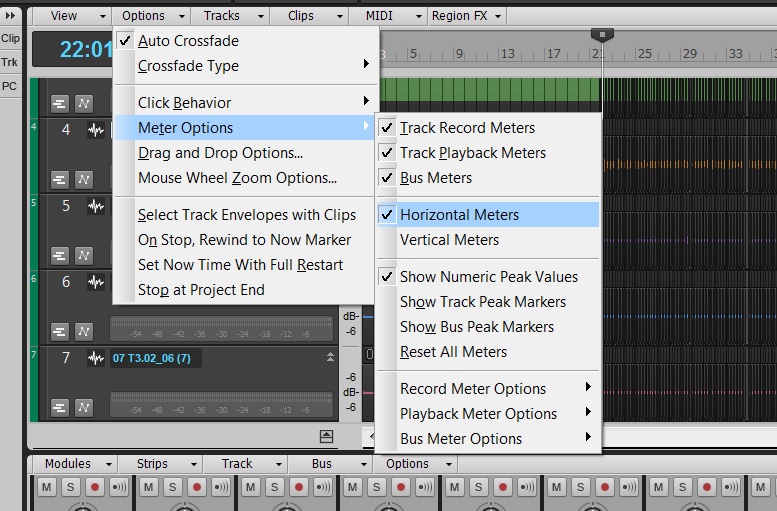
In Track View, the meters can be vertical or horizontal. Choose Options > Meter Options and select the desired option. When vertical, the meters behave more like activity/clipping indicators, because when you collapse the track to a short height, you basically see only activity and clipping. If you use the Console for mixing, this is a good choice because you can see more track parameters in the Tracks Pane, as the vertical meters don’t take up space along the bottom.
 If you generally mix using the Track View rather than the Console, then you can extend the width of the Track Pane, enable horizontal metering, set them to a fairly wide playback range, and enjoy high-resolution metering. Also under Options > Meter Options, you can specify the Record, Playback, and Bus meter characteristics. Choose from Peak, RMS, or Peak+RMS (my favorite choice) response, whether playback meters are pre- or post-fader, and whether bus meters are pre-fader, post-fader, or pre-fader and post-FX.
If you generally mix using the Track View rather than the Console, then you can extend the width of the Track Pane, enable horizontal metering, set them to a fairly wide playback range, and enjoy high-resolution metering. Also under Options > Meter Options, you can specify the Record, Playback, and Bus meter characteristics. Choose from Peak, RMS, or Peak+RMS (my favorite choice) response, whether playback meters are pre- or post-fader, and whether bus meters are pre-fader, post-fader, or pre-fader and post-FX.
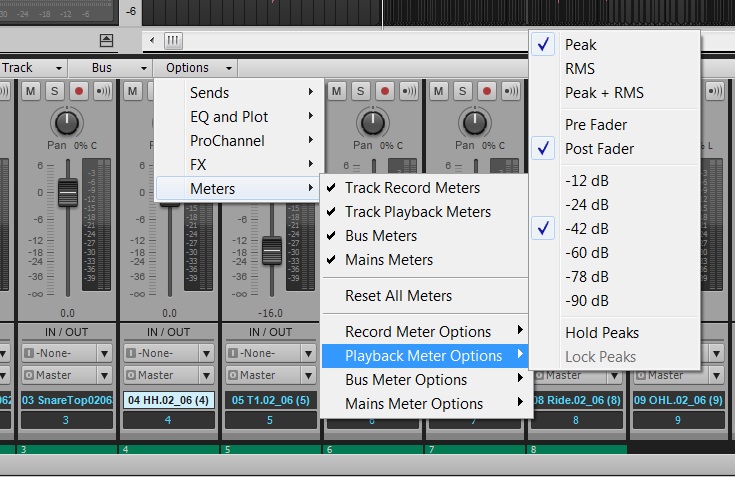
These settings are independent from equivalent meter settings for the Console view. You can also choose whether peaks are held or locked (I recommend checking both), as well as show Peak Markers. These indicate the highest point in the track and can be extremely useful when mastering.
This kind of flexibility allows the Track and Console views to be far more than just two ways to view the same type of material. For example, the Console meters are probably better set to post-fader, so you can see at a glance which tracks are contributing the most amount of level. But in Track view, a pre-fader setting lets you monitor track activity so you can check whether a Track has signal, regardless of the fader position. The metering options are just one more reason why I tend to mix in Console view, but track and edit in Track View.
Want to check our SONAR? Try our 30-day free trial.
 Go to the Mix Recall module in SONAR and click on Continue reading “Mix Recall Remembers Your Instrument Settings”
Go to the Mix Recall module in SONAR and click on Continue reading “Mix Recall Remembers Your Instrument Settings”

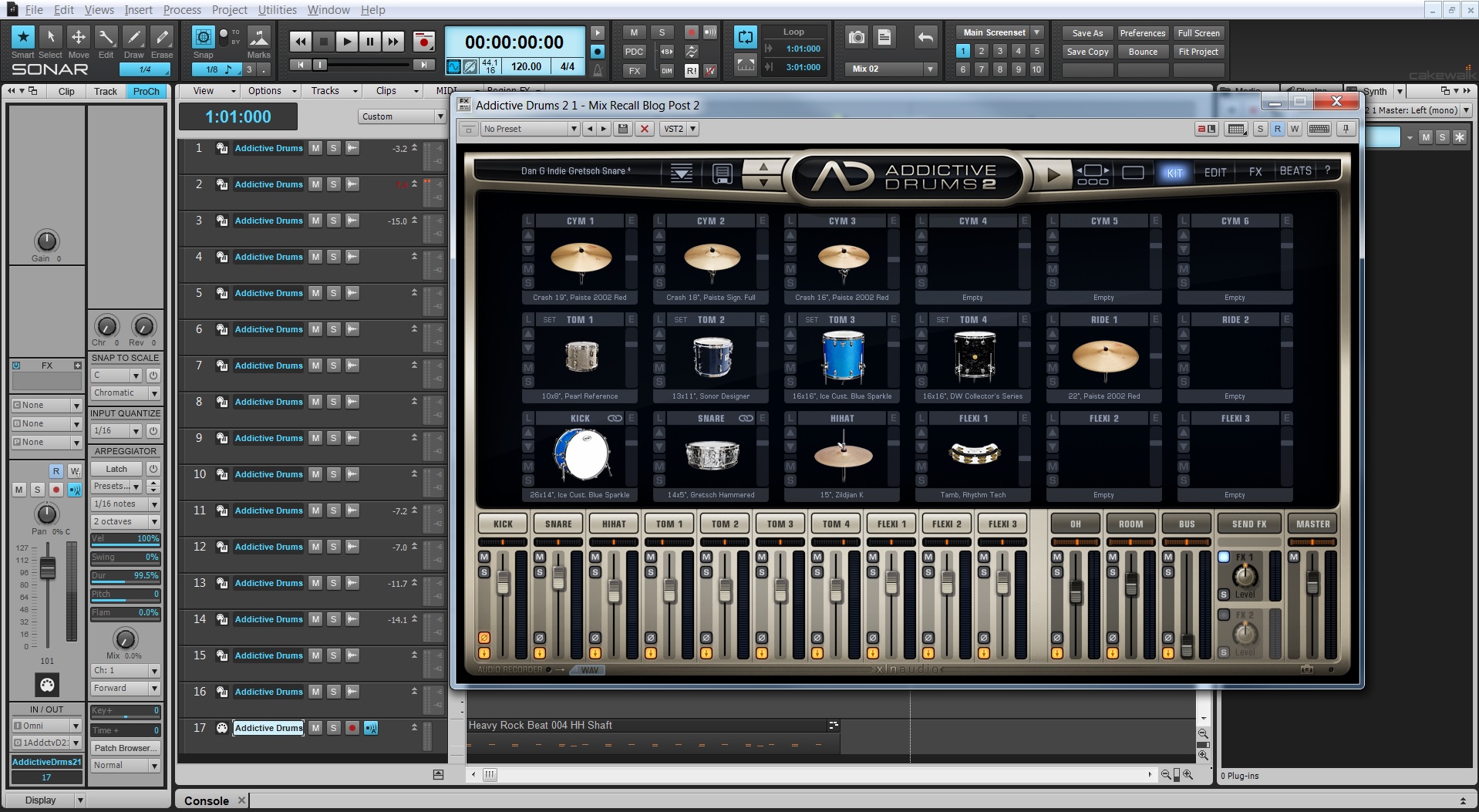





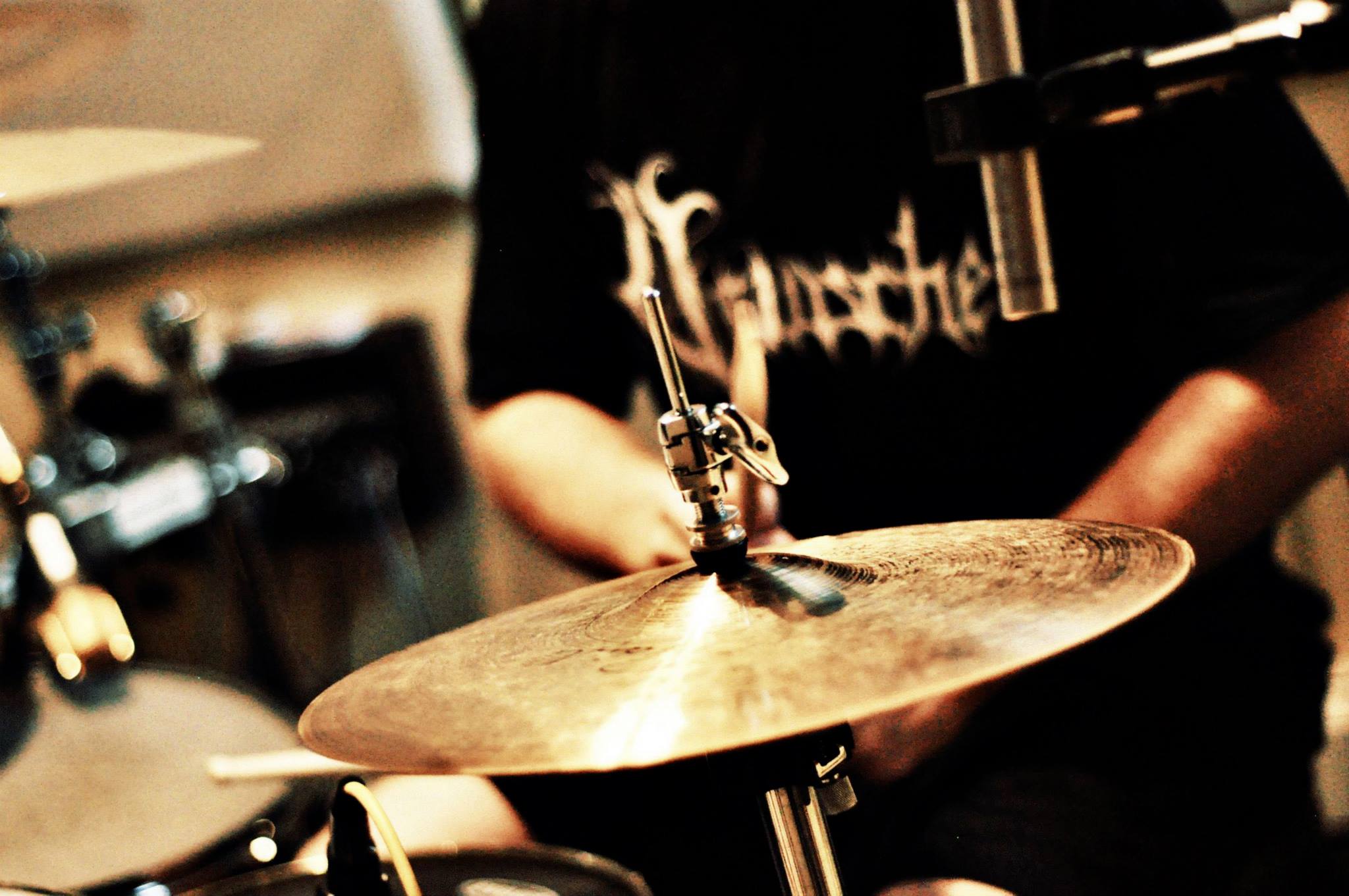
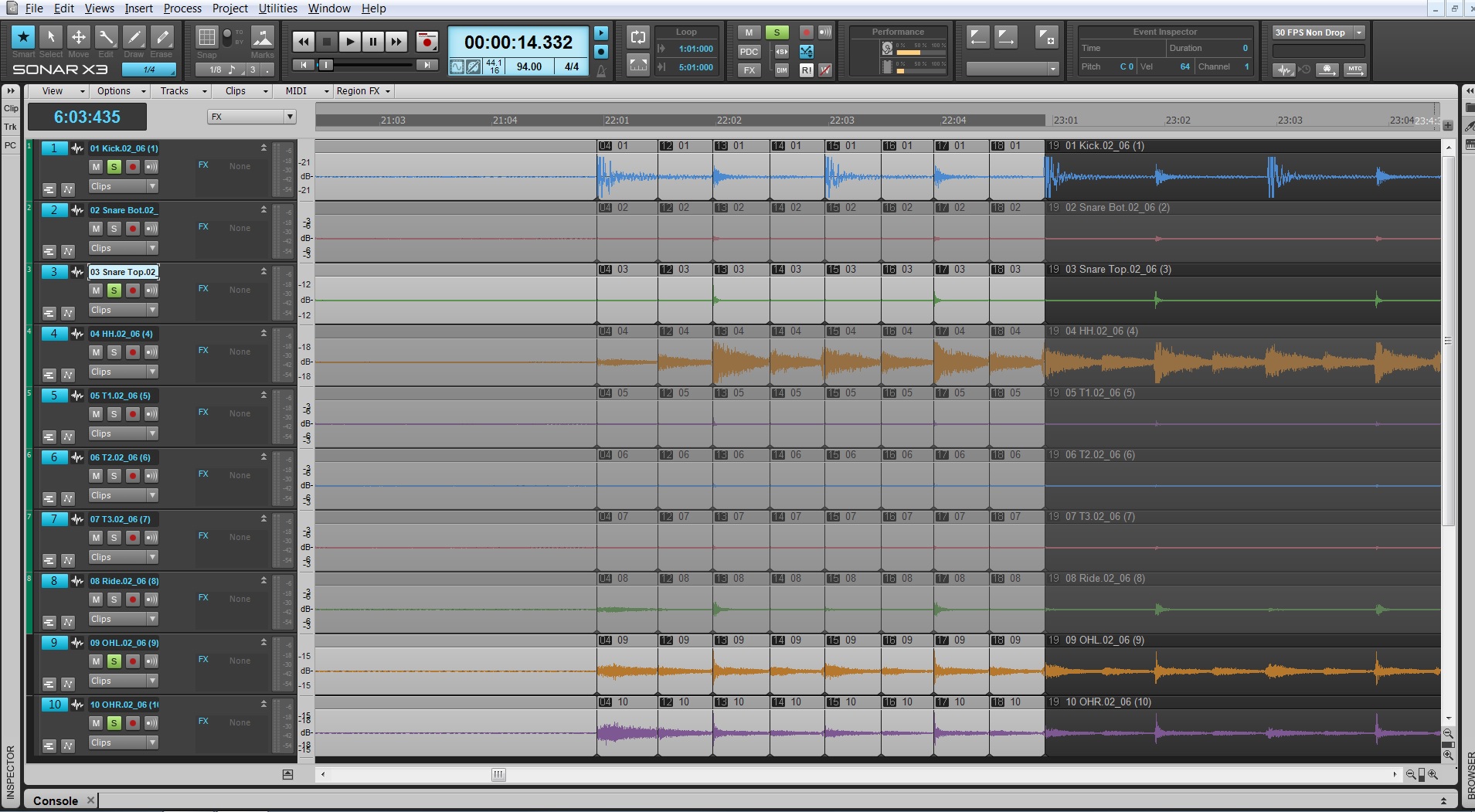

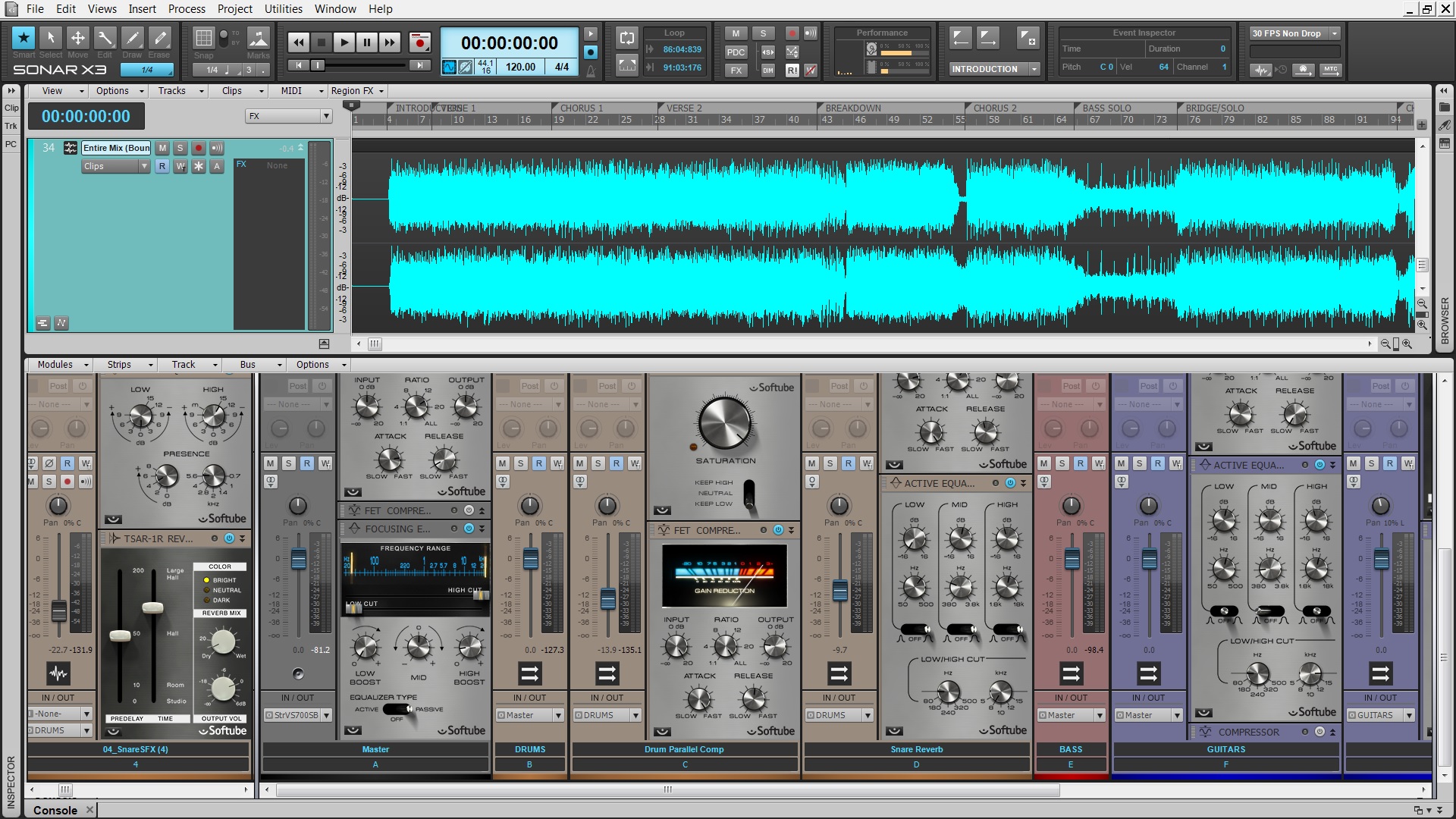
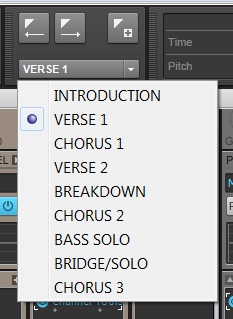

 Have you ever been to a show and seen someone on stage that makes you never want to pick up your instrument again? Enter… Shawn Clement. Hollywood Composer/Producer Shawn Clement graciously unleashed his new composition at the Beverly Hills Gibson Showroom tonight to a warm, yet star-studded group of industry folks from all walks of life. Billed in half as a pre-AES party, many folks were in town to celebrate Shawn’s new work Raw Fungus, Cakewalk’s new path at Gibson, and hard working music-makers in general.
Have you ever been to a show and seen someone on stage that makes you never want to pick up your instrument again? Enter… Shawn Clement. Hollywood Composer/Producer Shawn Clement graciously unleashed his new composition at the Beverly Hills Gibson Showroom tonight to a warm, yet star-studded group of industry folks from all walks of life. Billed in half as a pre-AES party, many folks were in town to celebrate Shawn’s new work Raw Fungus, Cakewalk’s new path at Gibson, and hard working music-makers in general. If you don’t know Shawn, his story is unique. It stems from a long path of crazy influences, crazy talent, and crazy work ethic which has made him one of the most sought after composers in Hollywood. We would like to think he owes it all to SONAR, but we know that is not the case 😉
If you don’t know Shawn, his story is unique. It stems from a long path of crazy influences, crazy talent, and crazy work ethic which has made him one of the most sought after composers in Hollywood. We would like to think he owes it all to SONAR, but we know that is not the case 😉 
